[ad_1]
Compost turns chunky mulch into wealthy, crumbly soil. It’s top-of-the-line methods to cycle dietary nutritional vitamins in your yard—weeds, kitchen scraps, and yard clippings decompose into priceless inputs for the soil. The decomposition course of invitations worms, micro organism, and fungi that add illness resistance, water retention, and dietary nutritional vitamins to the mud.
A scorching compost pile is the quickest methodology to flip uncooked supplies into black, crumbly soil. You may need compost in as little as two weeks! The microorganisms generate warmth as they work to eat your scraps. The warmth helps tempo up mulch breakdown and kill illnesses or weed seeds.
In case you merely lately made a pile it’d take just a few days to warmth up. There are only some concepts you would possibly need to use to enhance warmth ranges and effectively cope with your compost. The query stays, how scorching ought to our compost piles be? Let’s dive into cold and warm compost, and easy methods to maintain up your pile acting at its finest.
Metropolis Worm Thermometer – Fantastic for the Yard & Worm Bin
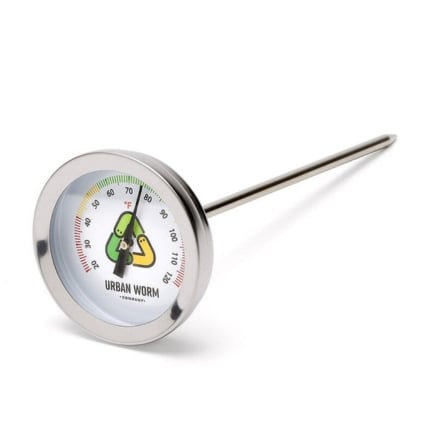

Protect monitor of soil and worm bin temperature precisely with the Metropolis Worm Thermometer. The stainless-steel stem penetrates as rather a lot as 5-inches into soil to supply primarily essentially the most acceptable studying. And the inexperienced, yellow, and purple tick marks assist you to discover if you’re contained in the optimum zone in your soil microbes and worms.
The Momentary Reply
Compost ought to have fully completely completely different temperatures relying on its life cycle. Present piles are the popular, whereas mature, curing ones cool off. As microorganisms, worms, and nematodes eat up uncooked waste, they produce tons of warmth. It dissipates after they devour all of the waste, after which you’ll be able to harvest the pile and use its compost in your yard.
Decomposition happens at its biggest between 104-140°F (40-60°C). As waste runs out, temperatures slowly decline beneath 84°F (29°C). Use a soil thermometer to measure the piles, or stay up for seen steam curling out of freshly turned compost.
The Extended Reply
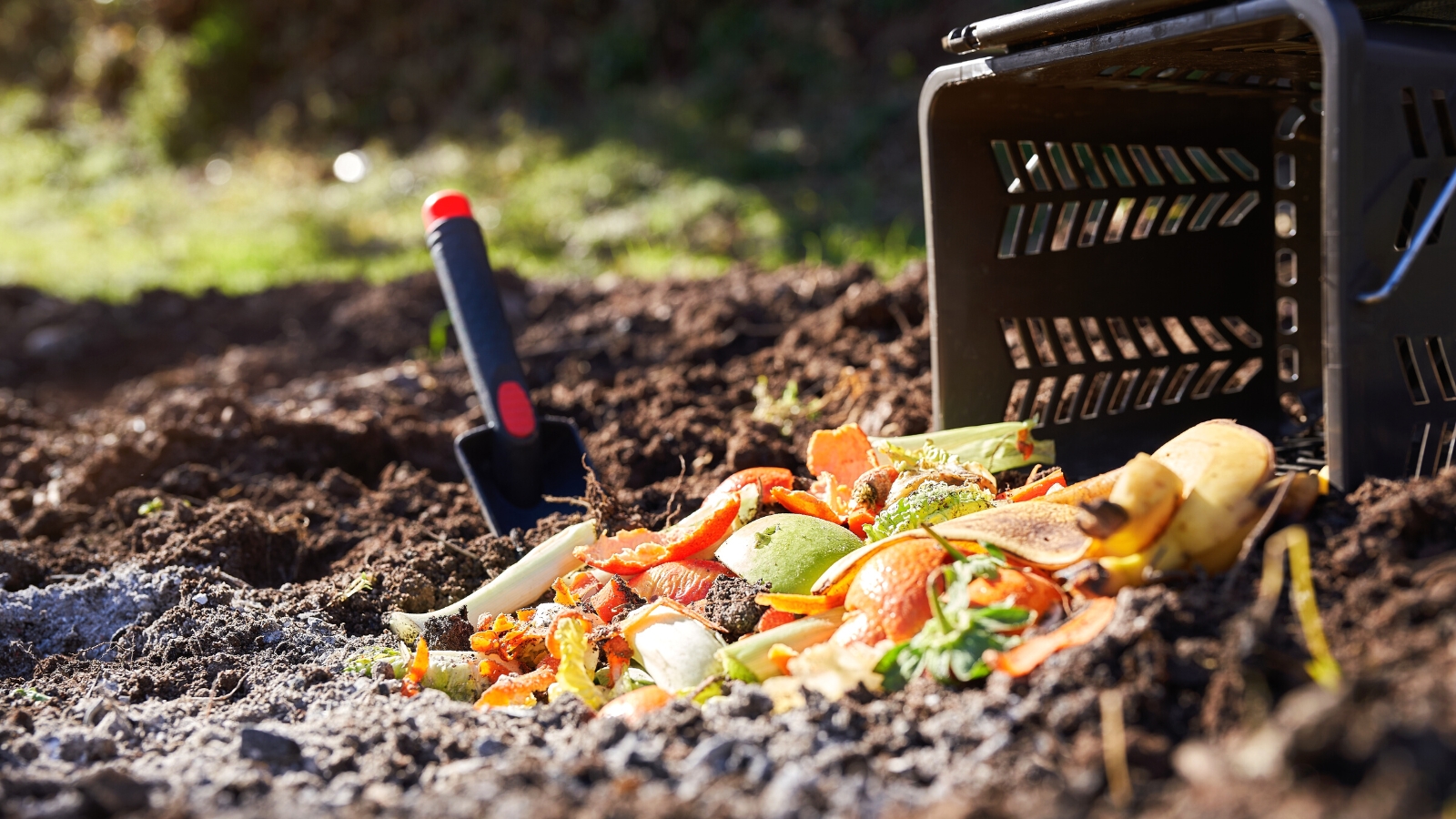

Compost is superior! How scorching your pile will get depends upon upon particle measurement, aeration, moisture ranges, and browns-to-greens ratios. Let’s dive in.
Scorching Compost Is Scorching!
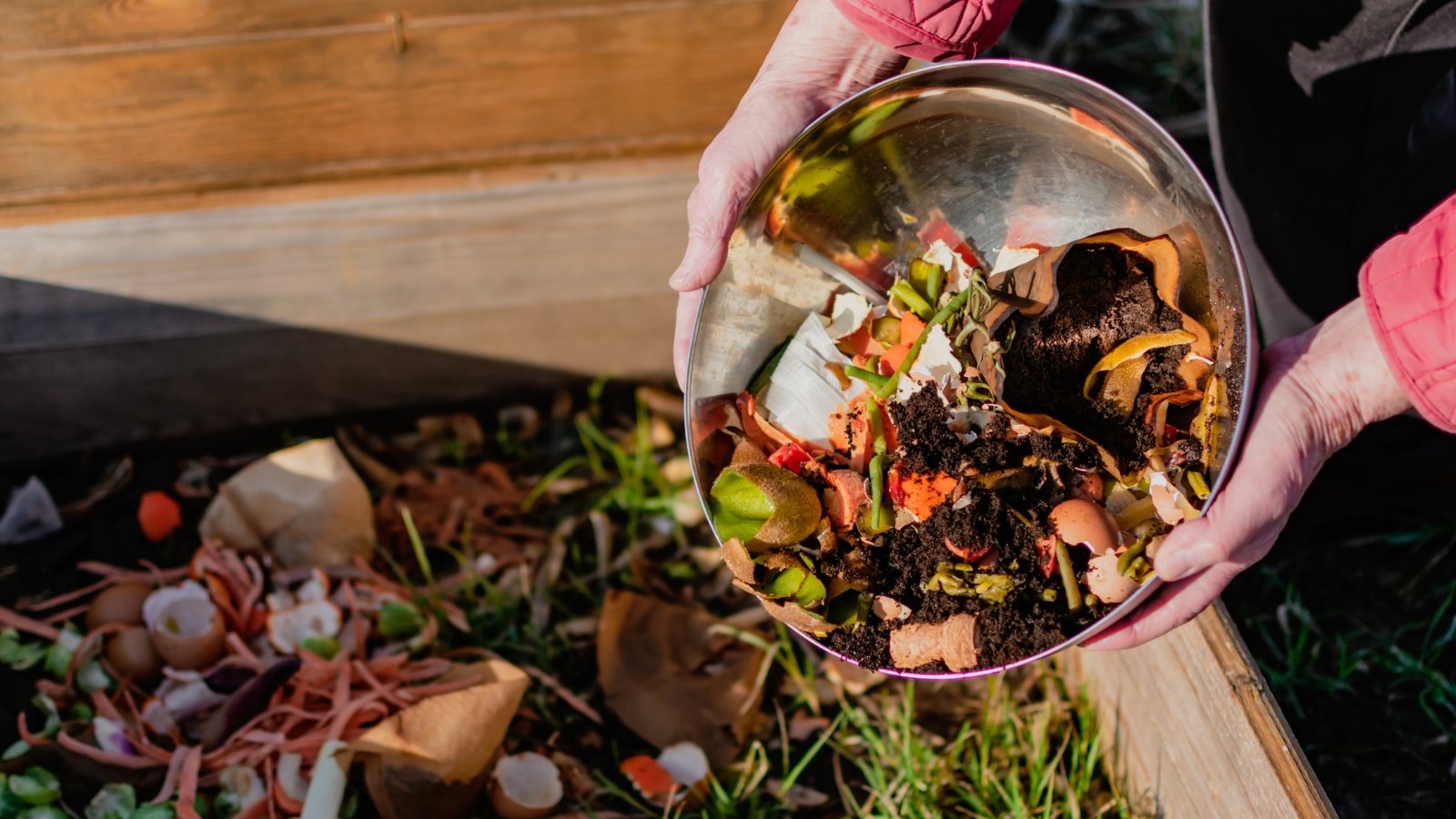

It’s magical that you could be stack lifeless leaves, banana peels, and plant clippings to create updated soil. Scorching compost piles are the simplest strategies to do that, as they create hospitable situations for the great microorganisms you need in your soil. Take acceptable care of your pile, and it’ll take incredible care of your crops.
Scorching piles want a acceptable ratio of browns to greens, normally spherical 2:1 or 3:1—this causes a 30:1 ratio of carbon to nitrogen normally, which is true for the tactic. Browns are dry plant provides like lifeless leaves, skinny twigs, chemical-free paper waste, and straw. Greens are updated provides like kitchen scraps, fleshy crops, grass clippings, and farm animal manure.
In case you’ve combined the supplies in a pile, water it so it’s 50% moist. Grasp a clump and squeeze it; it must primarily actually really feel like a wrung-out sponge. If no water comes out, the pile needs additional irrigation. If water comes out with out squeezing, it’s moist enough and will dry. Turning piles helps encourage faster drying inside the event that they’re too moist.
Weed Seeds and Pathogens


Preserving compost scorching ensures weed seeds and plant pathogens die all by means of decomposition. Healthful micro organism and fungi outcompete them and create a wealthy dwelling for bugs, worms, and algae. Weed seeds can’t survive the warmth, and so they additionally die, too.
Constructive temperatures destroy these undesirable additions additional merely than others. Guarantee your pile stays above 104°F (40°C) for 5 days. All by means of these 5 days, you’ll need your inputs to exceed 131°F (55°C) for 4 hours. Most illnesses, pests, and seeds wither at these temperatures.
Constructive weeds like mint, bamboo, kudzu, or English ivy survive these temperatures. Protect noxious invasive crops out, and so they additionally gained’t get the prospect to take over. Most annual or perennial weeds can’t survive, and you’ll put them in worry-free. In case you’re curious whether or not or not or not or not a weed will die, take a look at a small piece of 1 in a scorching pile. If it dies, you’ll be able to safely assume it’s priceless inexperienced provides.
Chilly Compost Is Cool
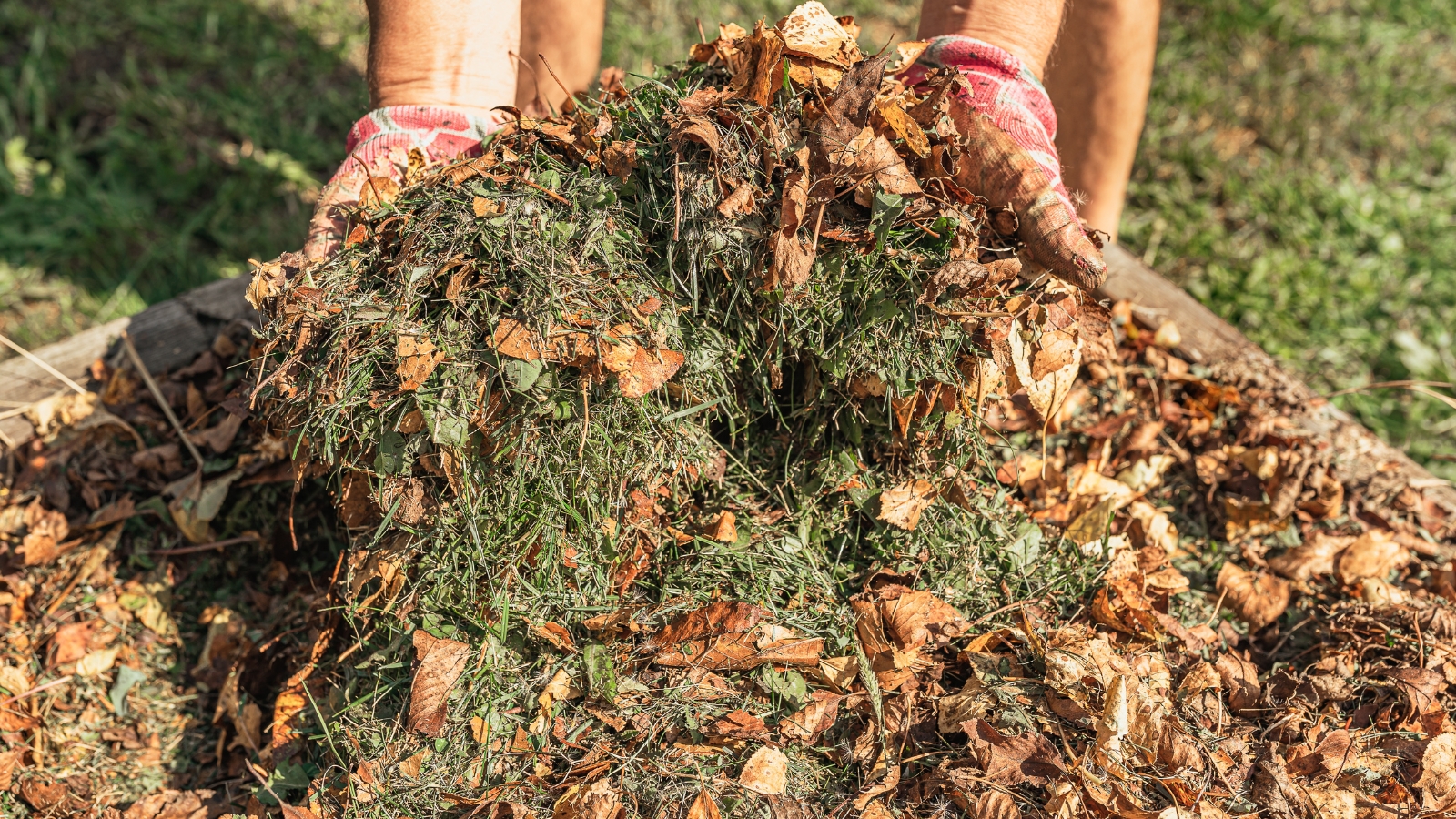

In case you’re making chilly (passive) compost, you needn’t fear about its temperature. This system makes use of gradual decomposition over many months with little oxygen. It takes benefit of comparable pure processes as scorching compost, albeit at a slightly rather a lot slower price.
The one drawback is weed seeds and pathogens don’t die in chilly piles. There’s a vivid facet although; permitting these things is likely to be not all that dangerous. When weeds sprout, you’ll be able to pull them up and lay them on the soil. They’ll decompose with time, along with cowl and dietary nutritional vitamins the place weeds used to develop.
Pathogens are a bit fully completely completely different—chilly piles might not kill them. I nonetheless put some diseased leaves in them as an immunity enhance. The good micro organism, fungi, and archaea compete with illnesses for house and dietary nutritional vitamins. Then, you unfold the decomposed provides, and it helps your crops resist the pathogens that died in it. Nonetheless, additional rampant illnesses might proliferate. Use warning with this technique if in case you’ve got factors with yard illnesses.
Enhance The Warmth
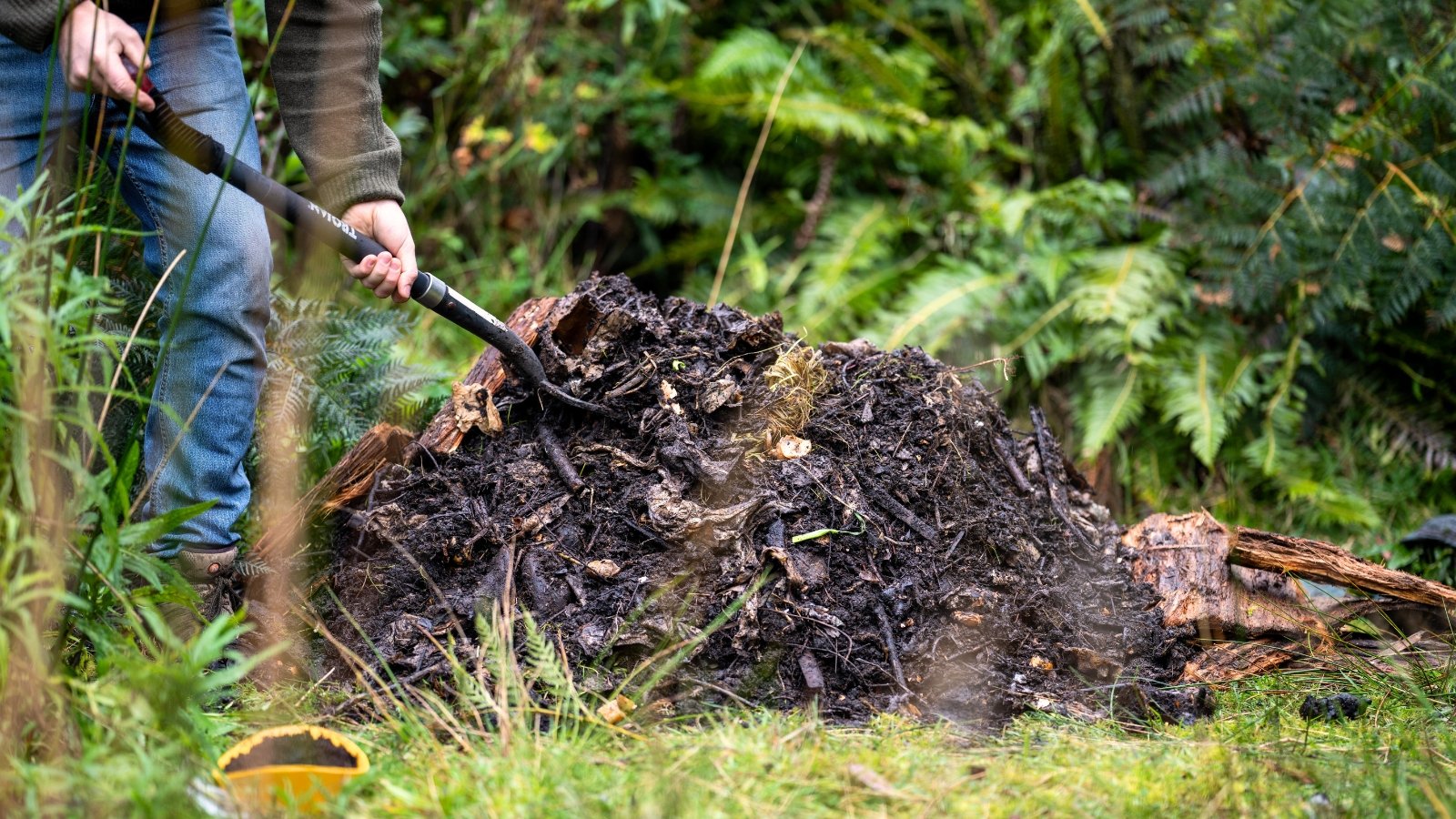

A chilly pile heats up shortly with just a few strategies. Prior to you make your pile, chop all of the mulch objects into smaller sizes. Small particles are easier for composting organisms to eat, and so they additionally facilitate sooner decomposition.
You would possibly enhance warmth in present piles by manipulating water and airflow ranges or by along with a protein-rich modification. If piles are chilly and dry, they want water and correct turning. Utilizing a broad fork or pitchfork, stab the decaying mulch and swap it. Ship particles on the pores and pores and skin to the within, then rake up the realm to maintain up it tidy.
Gradual-working piles would possibly want a nutrient enhance. Amendments like grass clippings, oatmeal, soy meal, and alfalfa pellets present a fast decaying present of dietary nutritional vitamins like protein and nitrogen. Incorporate all of them by way of, and avoid along with new waste for just a few weeks.
Can It Get Too Heat?
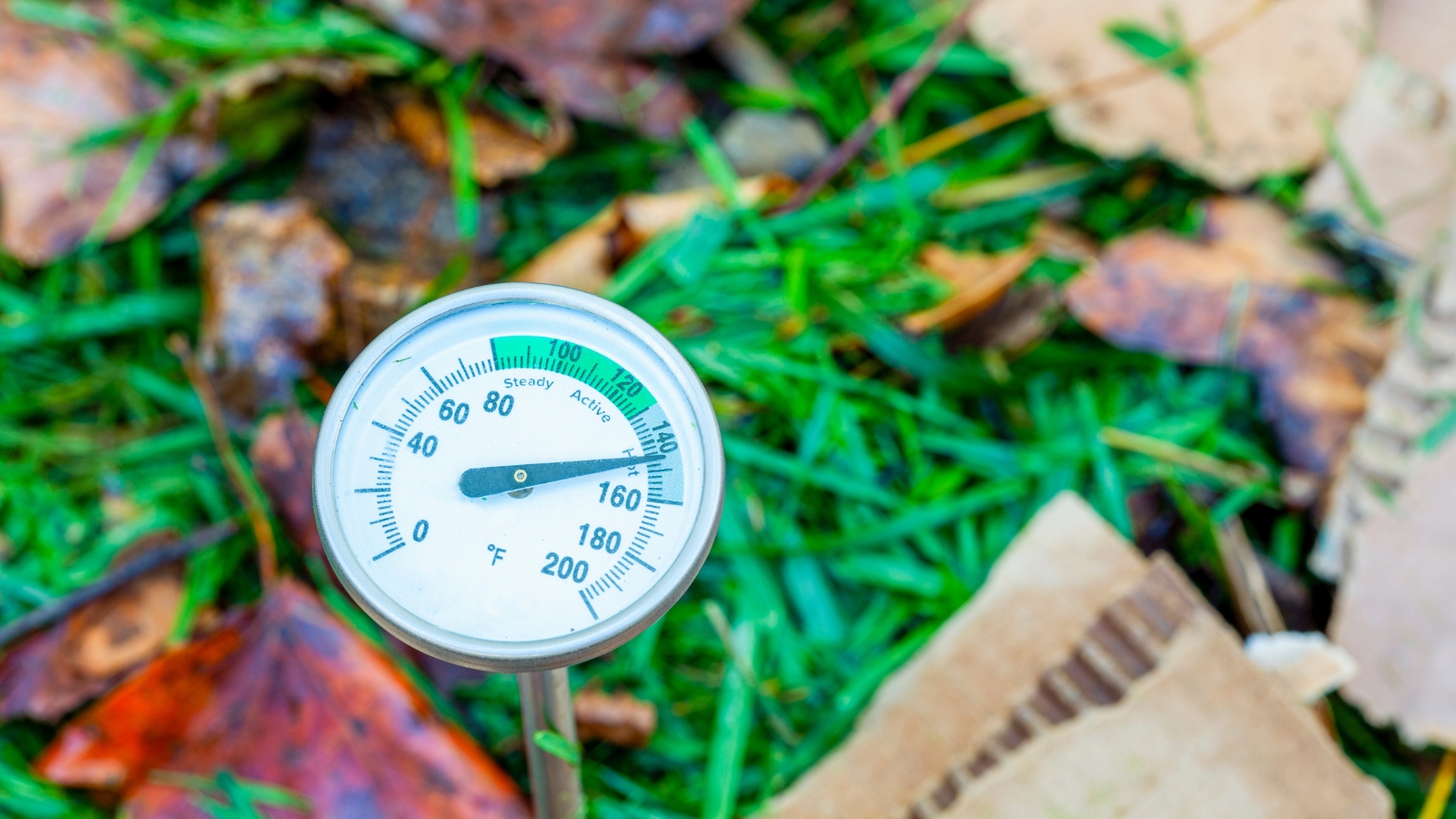

Excessive warmth kills good and unhealthy microbes, that means your modification shall be devoid of life if you add it to your yard beds. Temperatures above 140-149°F (60-65°C) are too excessive for delicate micro organism, fungi, and archaea.
The simplest strategies to decrease temperatures is by turning. On every day foundation turning with a pitchfork ensures the piles keep scorching nonetheless not too scorching. It furthermore retains a gradual circulation of oxygen reaching the useful microbes, permitting them to eat shortly the uncooked mulch and kitchen scraps.
Curiously enough, turning piles may even enhance temperatures. It permits microbes to comprehend new, undecayed particles they haven’t touched, and so they additionally feed in a frenzy. Everytime you cycle a pile, you introduce airflow and enhance microbial prepare; these actions steadiness one another out, leading to an optimum composting temperature.
Seasons Have an effect on Temperature
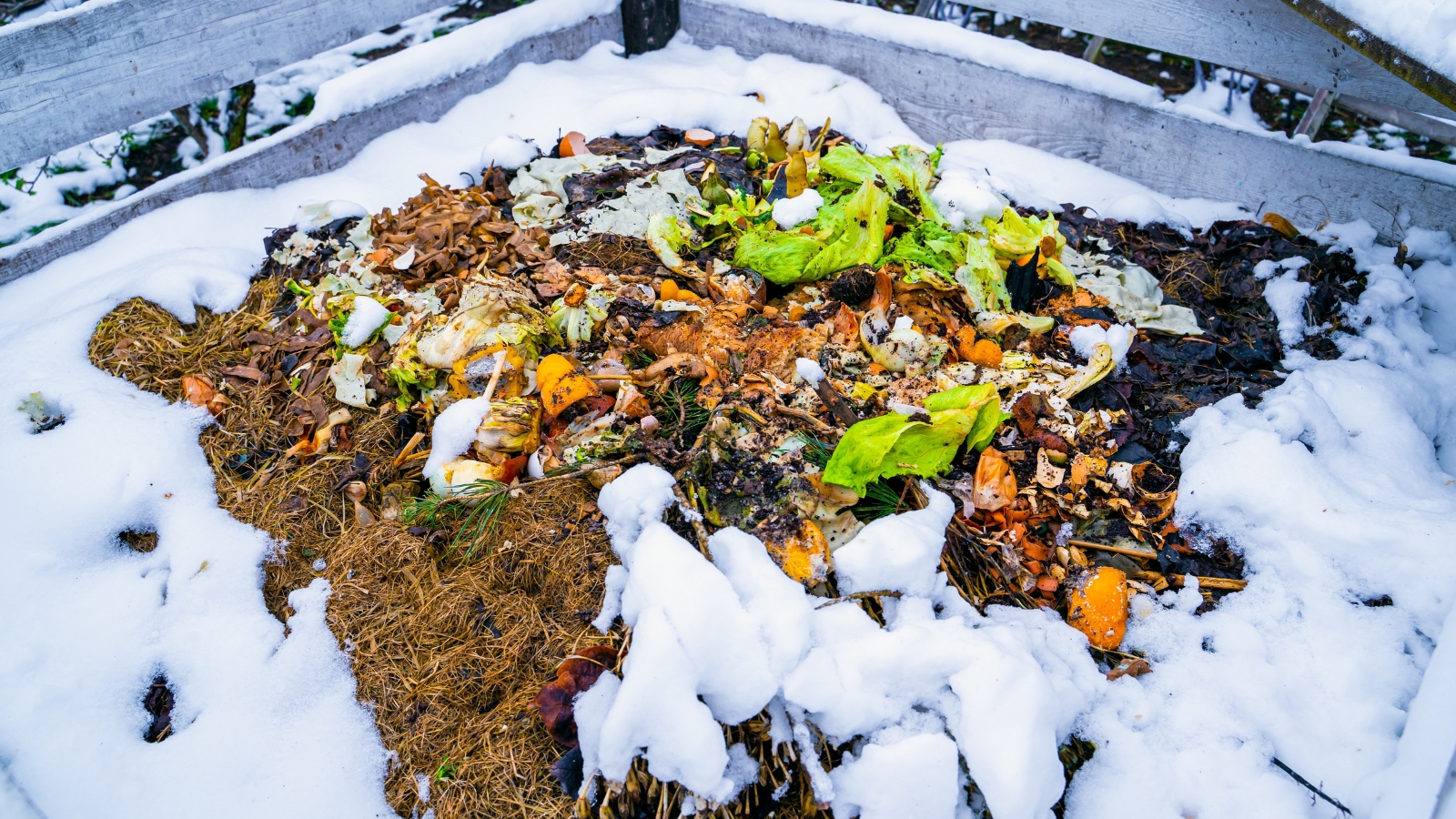

The final phrase uncontrollable topic is the native climate. Cool, moist native climate initiates chilly composting to happen. Decay nonetheless occurs, merely at a slightly rather a lot slower price than when sunshine and heat temperatures are current.
Protect piles not decrease than three ft broad, extended, and tall. Larger ones entice warmth inside, and so they additionally decay bigger all by means of winter native climate than small ones. Even in the simplest of conditions, most piles gained’t readily decompose till the next spring by summer season season.
Begin updated piles in early spring for a midsummer harvest or in early summer season season for a fall harvest. You may additionally hold a pile going repeatedly, along with to it as you generate waste. Then, if you need to harvest, dig to the underside of the pile and use the crumbly modification.
Regardless of the methodology or form of composting, you’ll be able to’t go improper when producing upcycling waste. Compost is an invaluable pure modification. Everytime you make your personal, you funnel waste away from landfills. This budget-conscious motion furthermore helps your ornamentals and crops thrive with priceless microbes, dietary nutritional vitamins, and bugs.
[ad_2]
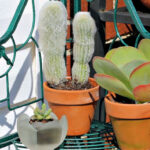


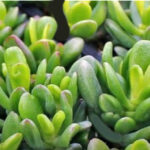
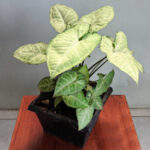


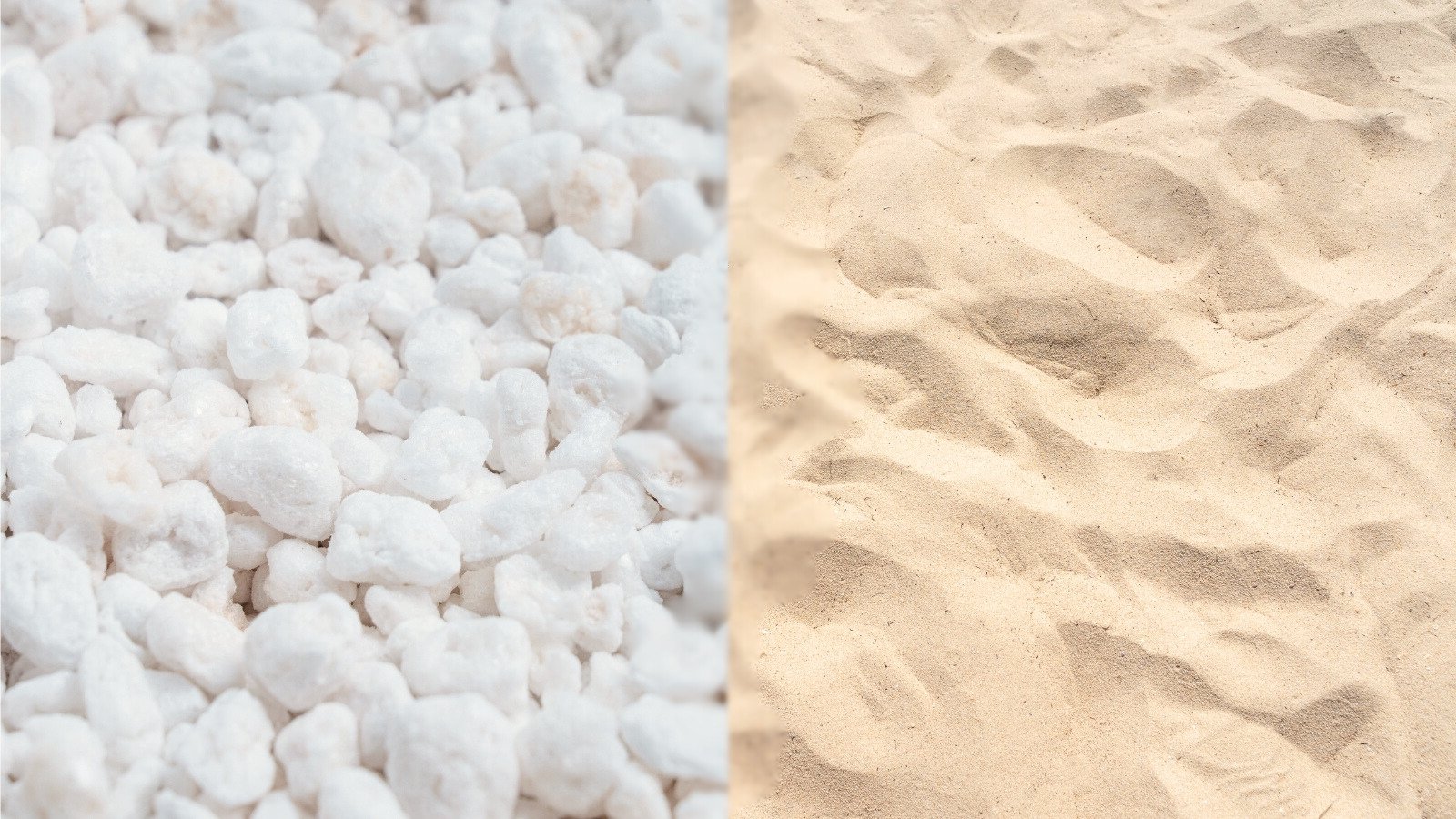
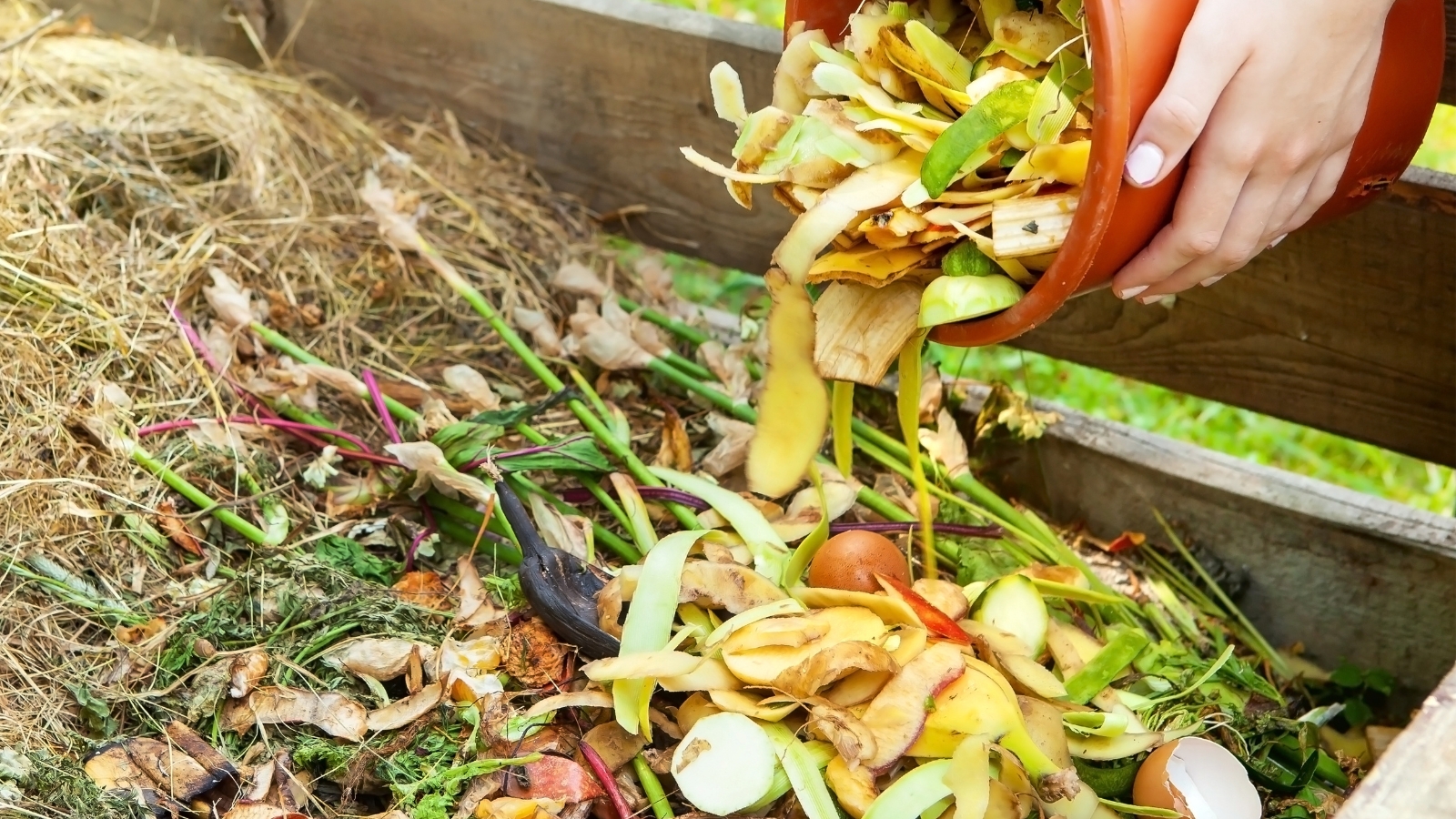
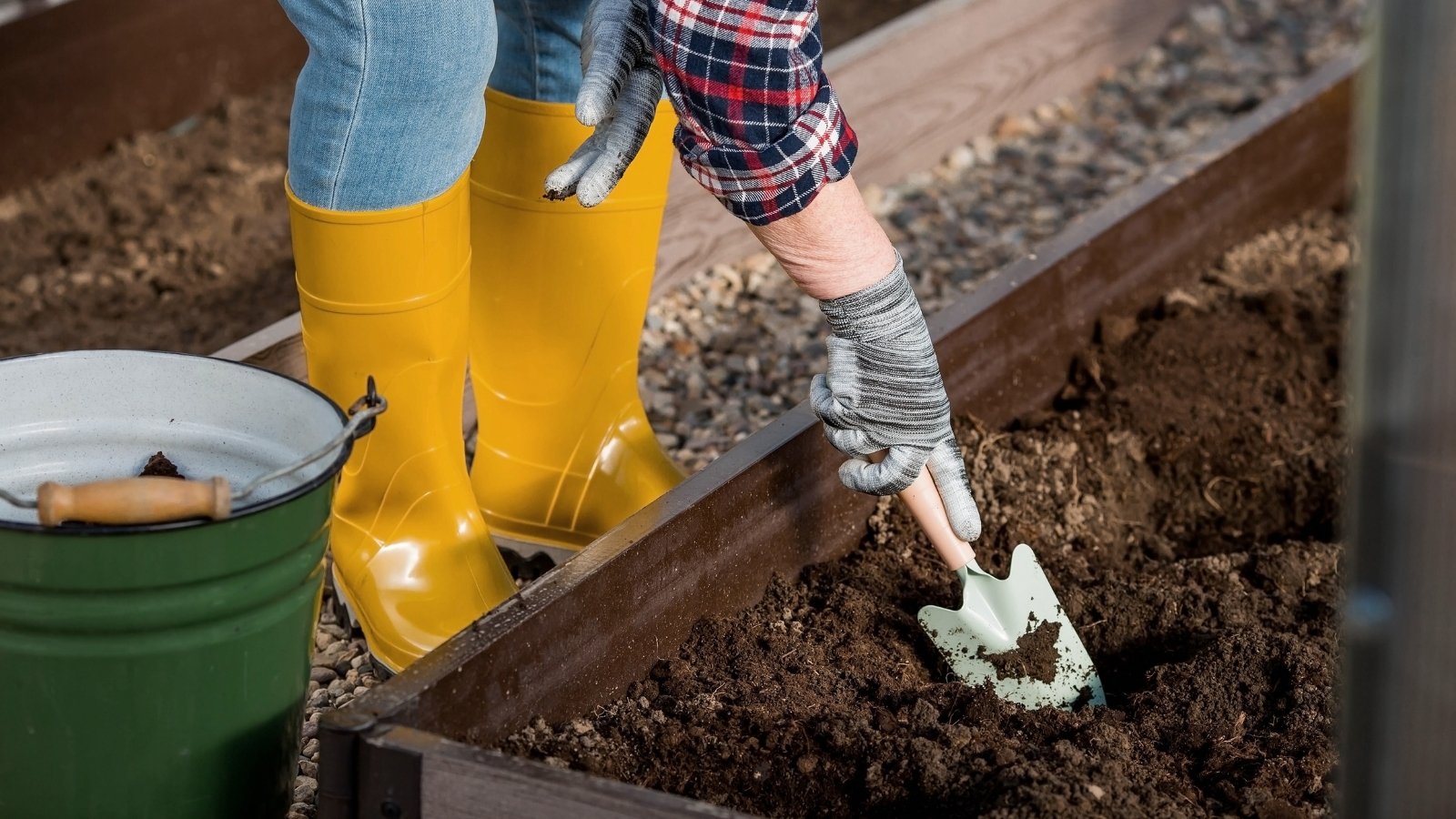
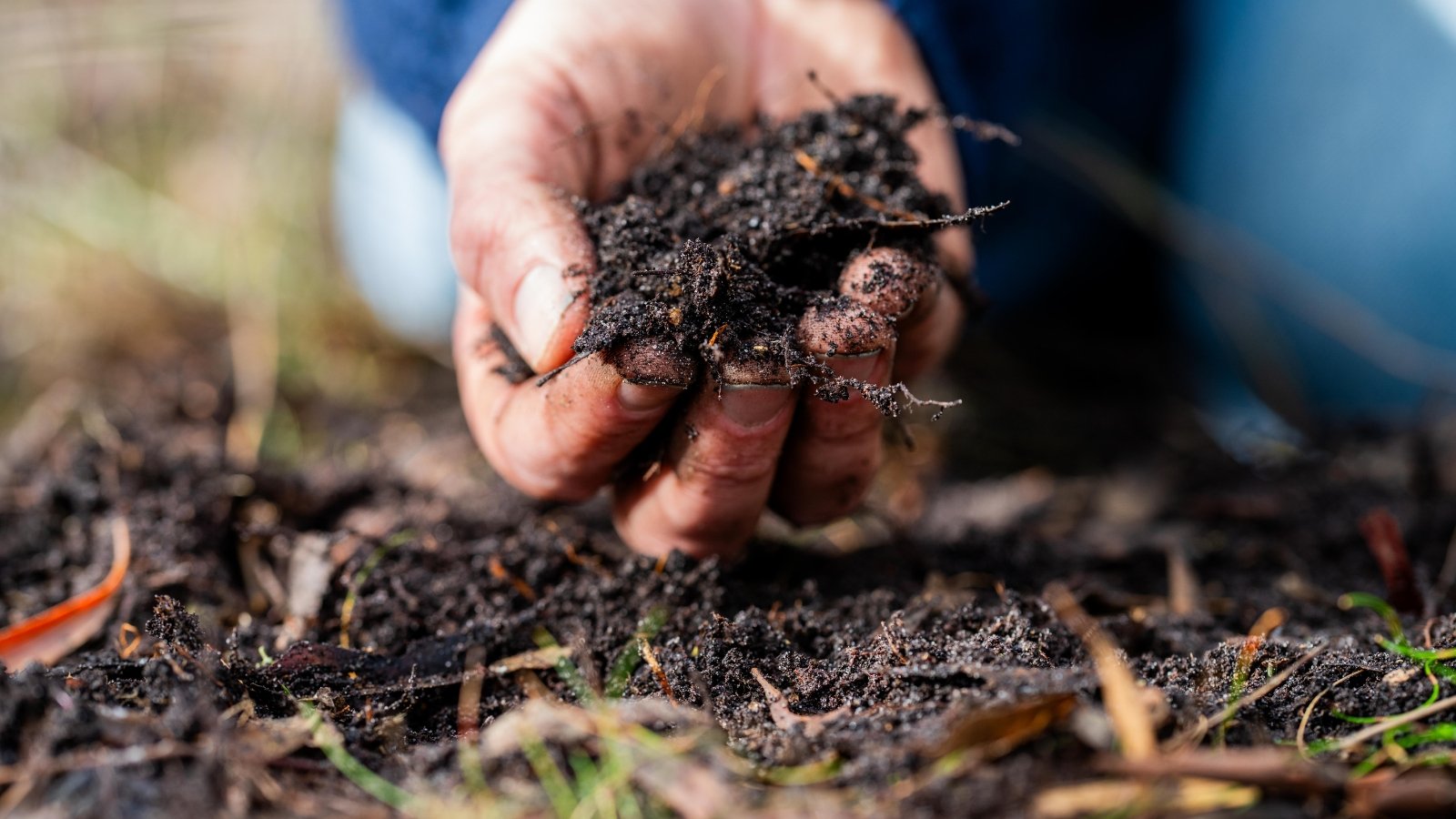
The distinction between hot and cold composting is well articulated here. Understanding that cold composting takes longer but still contributes to soil health is an important takeaway for those with patience in gardening efforts.
The article provides a comprehensive overview of composting methods, particularly the benefits of hot composting. It’s interesting to learn how different temperatures affect the decomposition process and the importance of maintaining the right ratios for effective compost.
I appreciate how this article breaks down the science behind composting. The explanation of temperature variations and their impact on microorganisms is informative and helpful for anyone looking to improve their gardening practices.
Overall, this article is a great resource for both novice and experienced gardeners alike. The emphasis on monitoring temperatures and ensuring proper ingredient ratios adds a practical dimension to successful composting techniques.
This piece offers valuable insights into compost management. The tips on maintaining moisture levels and aeration are particularly useful, as they can significantly influence the efficiency of the composting process in my own garden.